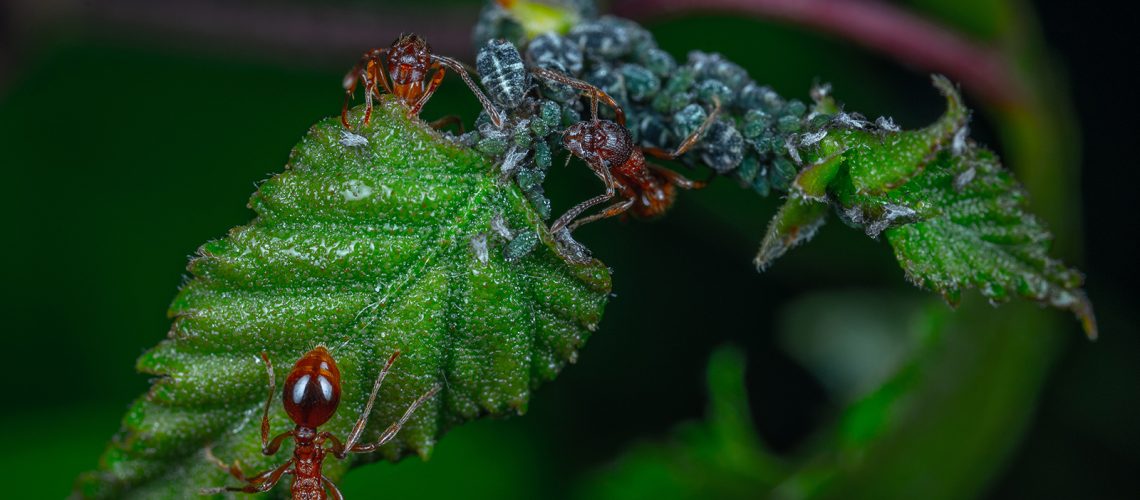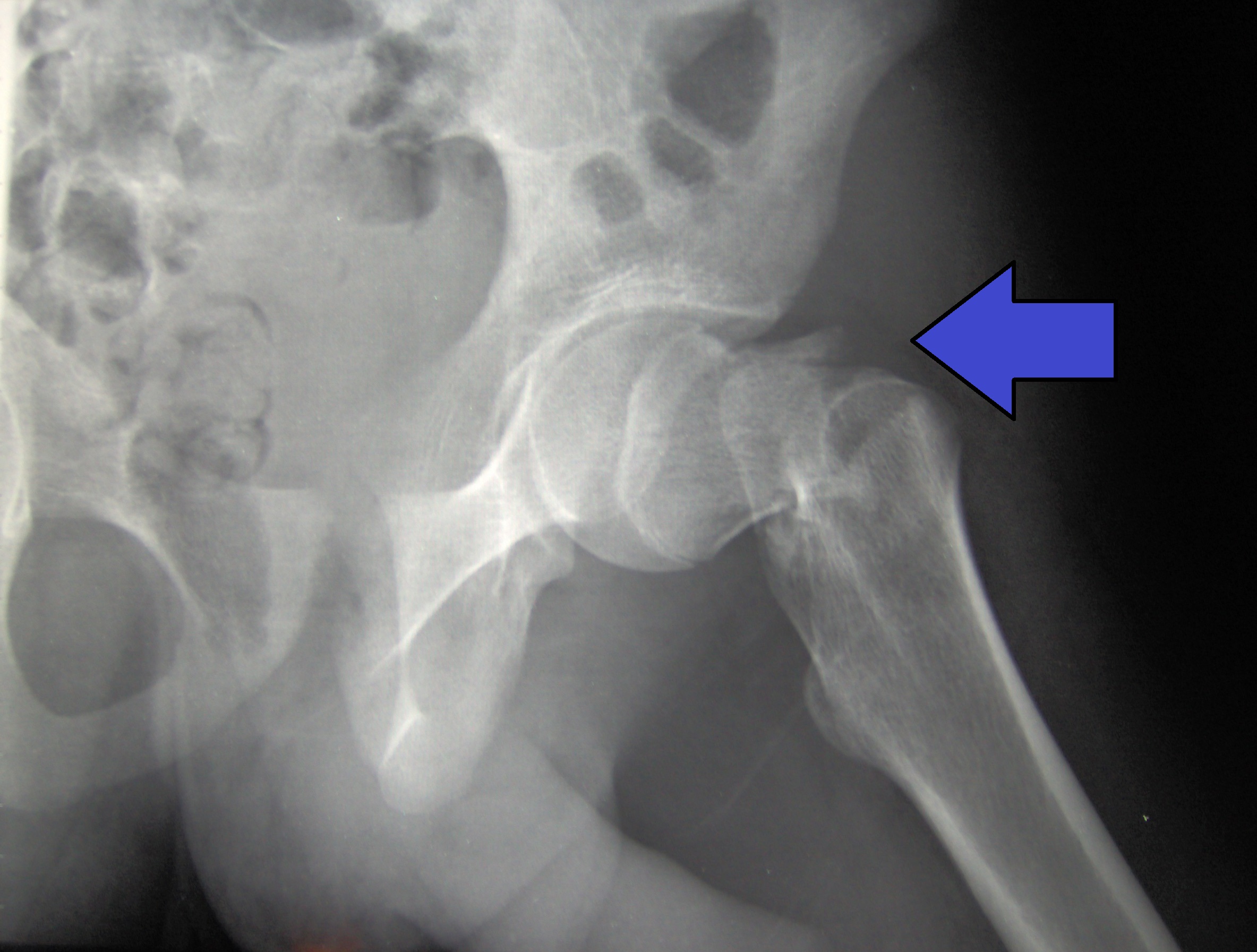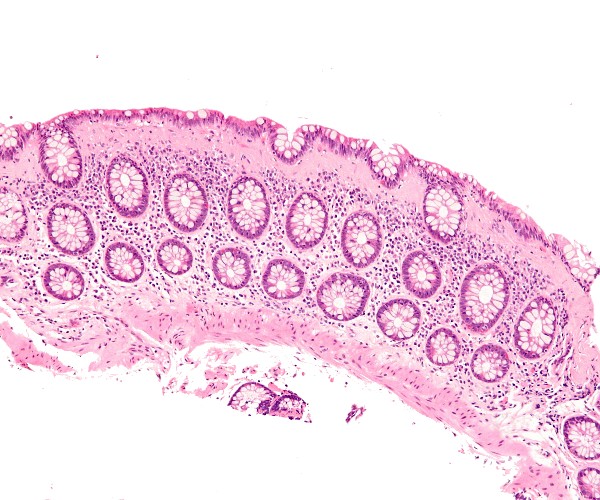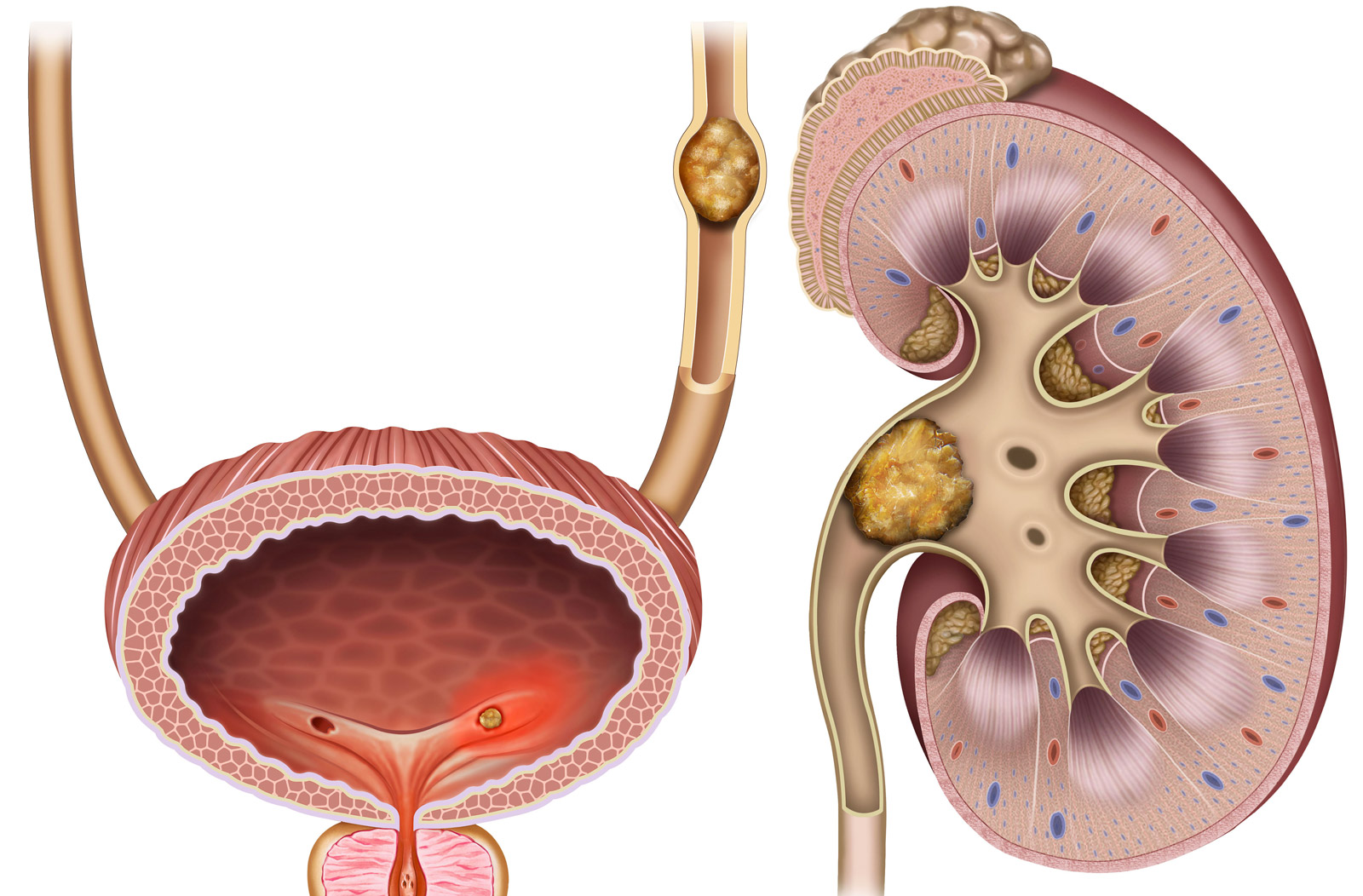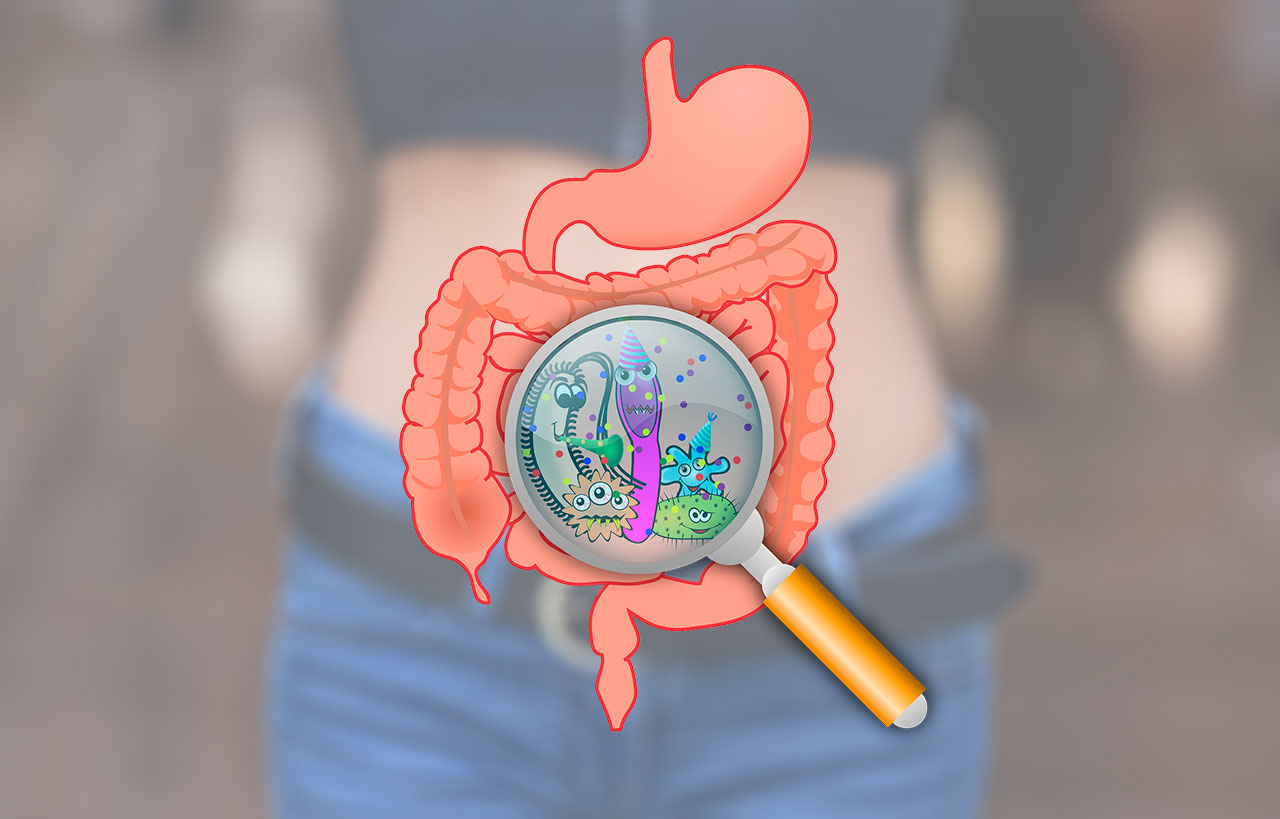Plants establish more or less deep relationships with organisms belonging to other kingdoms. When we observe a plant in its natural environment we can hardly grasp its intimacy: there is a subterranean and invisible web of relationships and there are introverted friendship relationships hidden from prying eyes.
Species belonging to different kingdoms may associate with each other sometimes in curious ways; plants are no exception, cultivating even long-standing friendships. The oldest include those with fungi and with bacteria; the latter often frequent the
rhizosphere
of some plants, that is, the portion of soil surrounding the roots; some are even housed within specially constructed root tubercles .
Such intimate proximity is tolerable only if there is mutual benefit: bacteria belonging to the family
Rhizobiaceae
, for example, are useful because of their ability to fix atmospheric nitrogen, making it available to plants. Associations between plant and fungus are often localized in the root system area, where fungal filamentous cells, the hyphae, extend between roots and soil taking advantage of the plant photosynthetic capacity to draw in sugar substances.
On the other hand, plants take advantage of the enormous absorptive capacity of fungal hyphae to improve the supply of mineral salts from the soil. These relationships are so breathtakingly close: the species involved are completely dependent on each other for their survival.
It is about
symbiosis
, from the Greek syn and bios, living together, and is one of the most incredible natural events. Symbiosis constitutes not only an opportunity but a true “evolutionary drive” complementary to Darwinian natural selection.
If both species involved (or the various species involved) benefit in the symbiotic relationship, it is called mutualistic symbiosis, and it is to this that we refer here.
There are also examples of extremely complex symbioses between the plant and animal worlds, and in this regard we would like to report a very curious example, the
myrmecophily
, in which ants protect symbiont plants from the offenses of other insects and the threat of “invading” plants, receiving shelter and nourishment in return.
Acacia cornigera, a species from Central America, has large structures turned into hollow spines internally at the base of the leaves, the jambs, in which ants lodge; these feed on the Belt bodies, ovoid corpuscles rich in fat and protein found at the apex of leaflets; they can also draw from extrafioral nectars to supplement sugary substances: it is the latter that act on the enzyme invertase of ants Pseudomyrmex ferrugineus which, once they have assayed nectar from their host, are no longer able to digest sugars produced by other plants. Practically a full-fledged manipulation!
The resulting reduced metabolic capacity forever binds mutualists to host plants, which will always have an army at their disposal ready to defend their territory from any threat. After all, ants couldn’t ask for anything else having found room and board at one time!
Another example of very intimate mutualistic symbiosis between plants and insects is given by the interaction between the genus Ficus and its pollinator, a particular species of wasp of the kind Blastophaga, very small in size: the wasps pollinate the plant, which, in turn, provides nourishment and a suitable environment for the growth and development of the insect larvae; practically a nursery in its own right!
But it is not necessary to have such close and interdependent relationships, a friendship can also be transient: the yellow ladybug Psyllobora vigintiduopunctata frequents those plants on whose leaves it can find its favorite food: mold! It is in fact a species of mycophagous beetle, that is, one that feeds on fungi.
After all, the advantages of raising ladybugs in cultivated fields have long been known since their diet includes mainly plant-parasitic phytophagous insects.
The yellow ladybug has a more primitive diet by feeding like its ancestors on fungi and, while grazing, is able to clean up a leaf area of about 30 square centimeters every day; in addition, not only the adults but also their larvae are fond of mold. Therefore, the biological cycle of P. vigintiduopunctata turns out to be very useful to all those plant species that are attacked by molds responsible for common plant diseases, such as powdery mildew and rusts.












It sometimes happens that a plant offers free shelter and protection, without asking for anything in return.
Some animals hide inside a flower, away from prying eyes, and perhaps spend a few hours there before leaving without paying any tribute; others take advantage of the asylum offered by the flower to implement their predatory strategy: ambush.
That’s what some people do, for example. spiders: these very patient arthropods are able to stay for hours inside a flower waiting for a clueless insect to happen by, perhaps it is an insect that is offensive to the plant and in that case the spider has unwittingly returned the favor!
Plants also relate to theanimal Homo sapiens: we are not referring to the species that humans choose to decorate their green spaces, nor those used for food, but those that “choose “to live with us, the so-called anthropophilous.
These plants prefer environments frequented by humans where they find soils rich in nitrogen compounds, especially nitrates, and are therefore also called nitrophilous. These include the very common nettles and parietaria, what we sometimes call “weeds” but which in reality, although they are invasive species, do not create actual damage to the environment: they simply behave as opportunists by exploiting and colonizing those territories where humans have already eliminated natural vegetation to build, creating space for the Fast-growing herbaceous species.
We now know that when we observe a plant in nature, it is almost always not alone but shares its space, its soil and its very existence with other creatures.
These are important and very delicate balances that must be protected because, in some cases, they have been achieved over millions of years.













